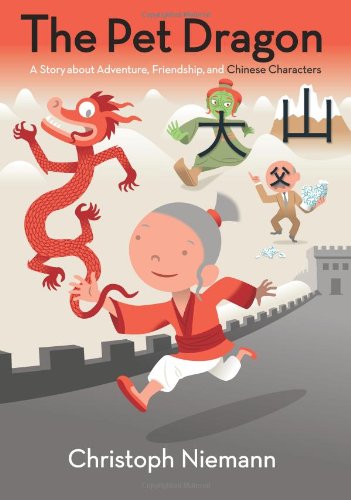
Over the winter, I decided that it would be a great time to introduce my 4 and almost 3 year old sons to recognizing and possibly writing Chinese characters. Just to remind you, my Cantonese speaking capability is about the level of a 3 year old. I’m a pretty classic ABC (American Born Chinese) where I can understand far more than I can speak. And to make things more complicated spoken Cantonese and written Cantonese/Chinese are so vastly different (unlike Mandarin Chinese where spoken and written forms are pretty similar) that learning to read in Cantonese is almost like learning a new language.
I don’t actually expect my kids to fully read Chinese, especially since I can only read 15-25% of the characters in a newspaper article (read: pretty useless). I can hope that they will someday surpass my reading skills (really not hard to do!) but it would not in any part be because I taught them to read. So to be realistic, I would love for them to read basic characters and maybe be able to look at a Chinese menu and pick out words like chicken, beef, noodles, rice, etc. Secretly, I hope they can learn enough to read a comic book.
For a while, I’ve been following the Chineasy, a visual-based learning system by artist ShaoLan Hsueh. While it’s not necessarily created for children and is still a work in progress, it definitely has a universal appeal for adults and kids alike. So when we received a copy of her flashcards for Christmas, we were so excited to use them with our boys. I can’t tell you how shocked I was to see how my boys embrace Chineasy so quickly. It’s hard to deny the beautiful graphic illustrations of each character’s meaning. Every day, my oldest son asks to go through his entire set of flashcards and read them to me. We also downloaded some of the graphics off of the Chineasy website and facebook page and put them into a digital frame so that the boys could watch it as a slideshow. When we complete the slide show, my son asks for more characters (!?) It completely enhanced their experience with Chineasy because now they can’t get enough of it!
As my kids’ interest in Chinese characters grew, I started reading The Pet Dragon by Christoph Niemann to them. I was delighted to find this book I’m also a big fan of Christopher’s Niemann’s illustrations. The book is kind of the perfect tool for this ABC (me) to use because it’s entirely in English with a new character for each page. My oldest son has been carrying this book around the house asking me to read it. And many of the characters are large enough for my son to trace with his finger.
Note: I’m recommending these products strictly for basic character introduction only. It’s important to mention that Chineasy focuses on teaching/introducing character radicals first so that when you put more complex words together, one can sometimes guess the meaning or pronunciation based on the radicals used. One should be aware that there’s a difference between radical meanings and words that you would use in every day life. For example Chineasy and The Pet Dragon’s translation of 木 is tree. While when it’s used in radical form it references “tree/wood”, when you’re talking about an actual tree you would use the character 樹 and木 is used to mean “wood”. The same goes for 目 which Chineasy has translated to “eye”. I found myself having to remind my boys that real word for “eye” is 眼 or 眼睛 which of course uses the 目 radical. The Chineasy flashcard set also contains a few 2 character phrases, some of which aren’t extremely useful or used in every day conversation. I can see that the author includes them because they fit with her graphical style and system of visual learning with characters as building blocks. But at the end of the day, my boys are loving the graphics in Chineasy and The Pet Dragon. Anything that piques and maintains their interest in learning more Chinese characters is a winner in my book.
Stay tuned as I continue looking for ways to further their (and my) Chinese/Cantonese reading skills!
-Alice, Team Zhao






